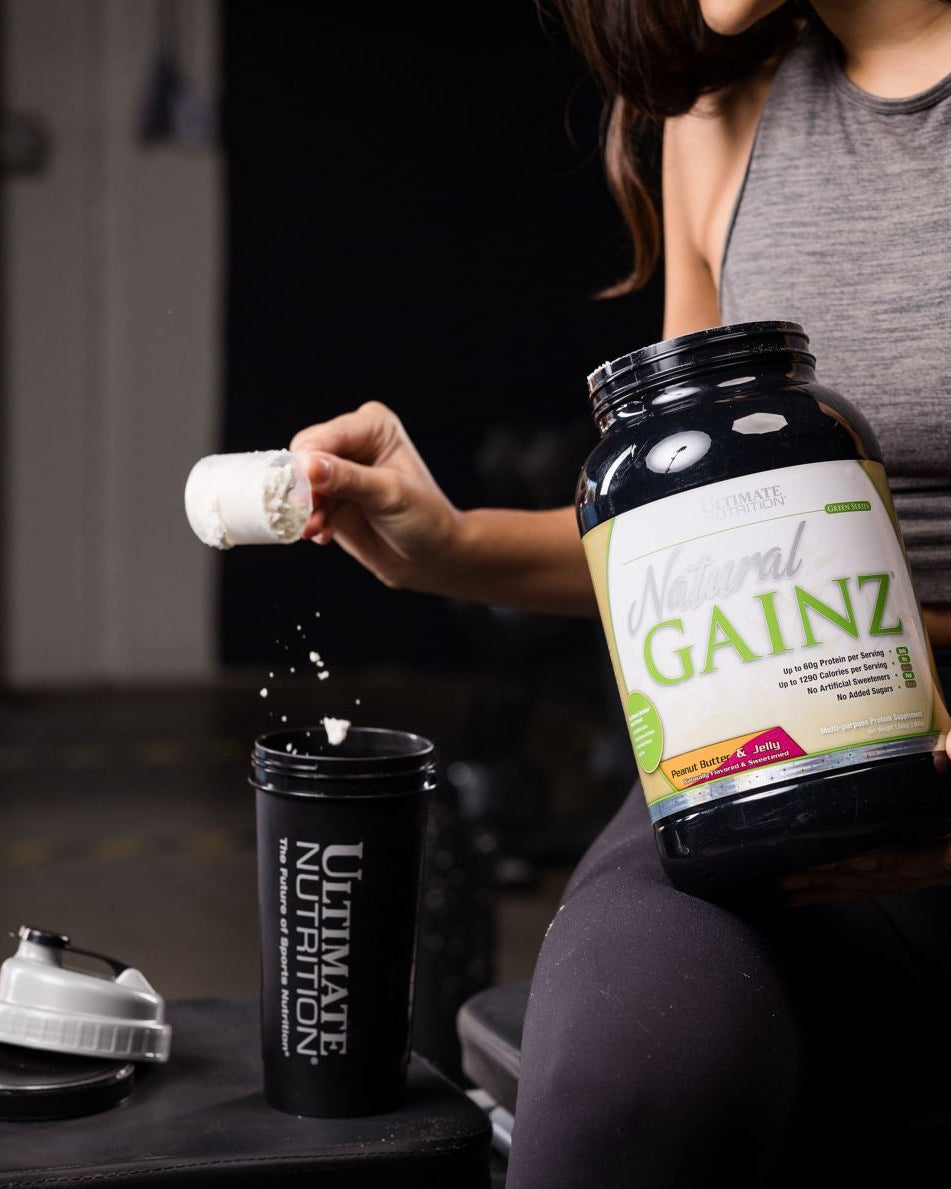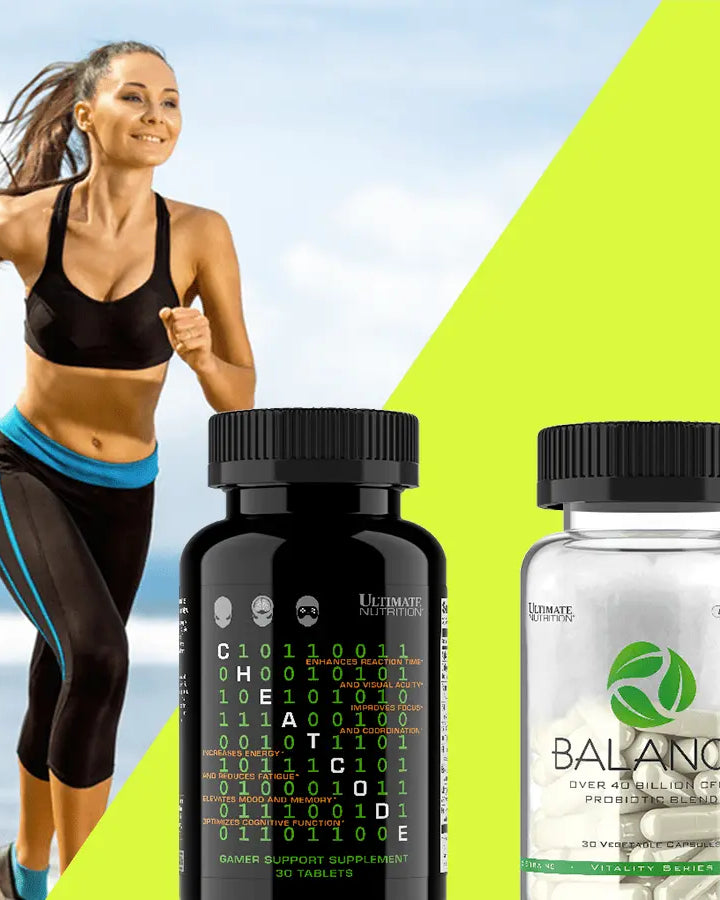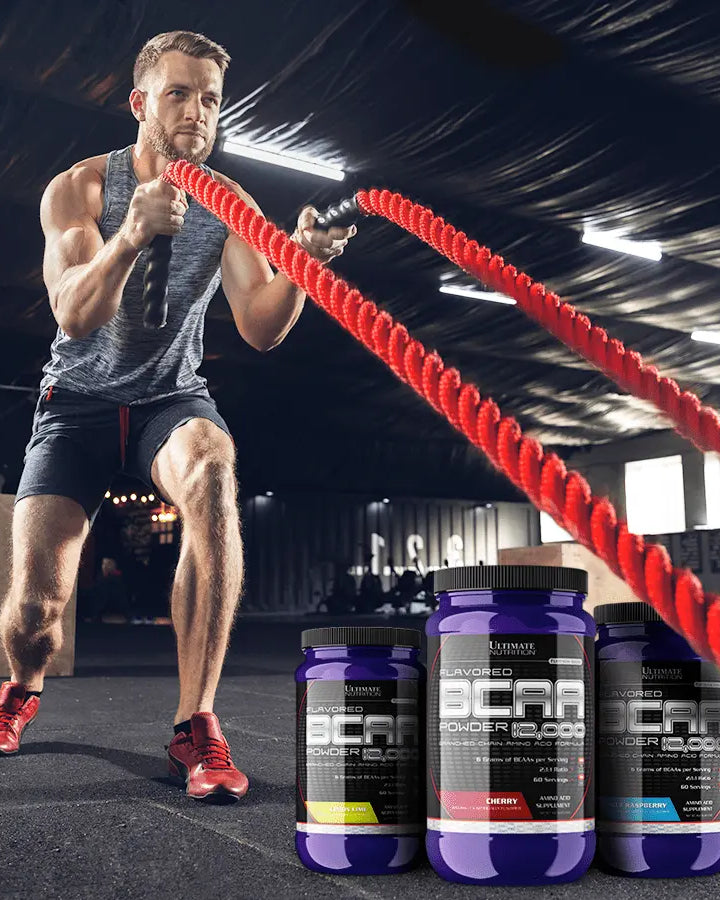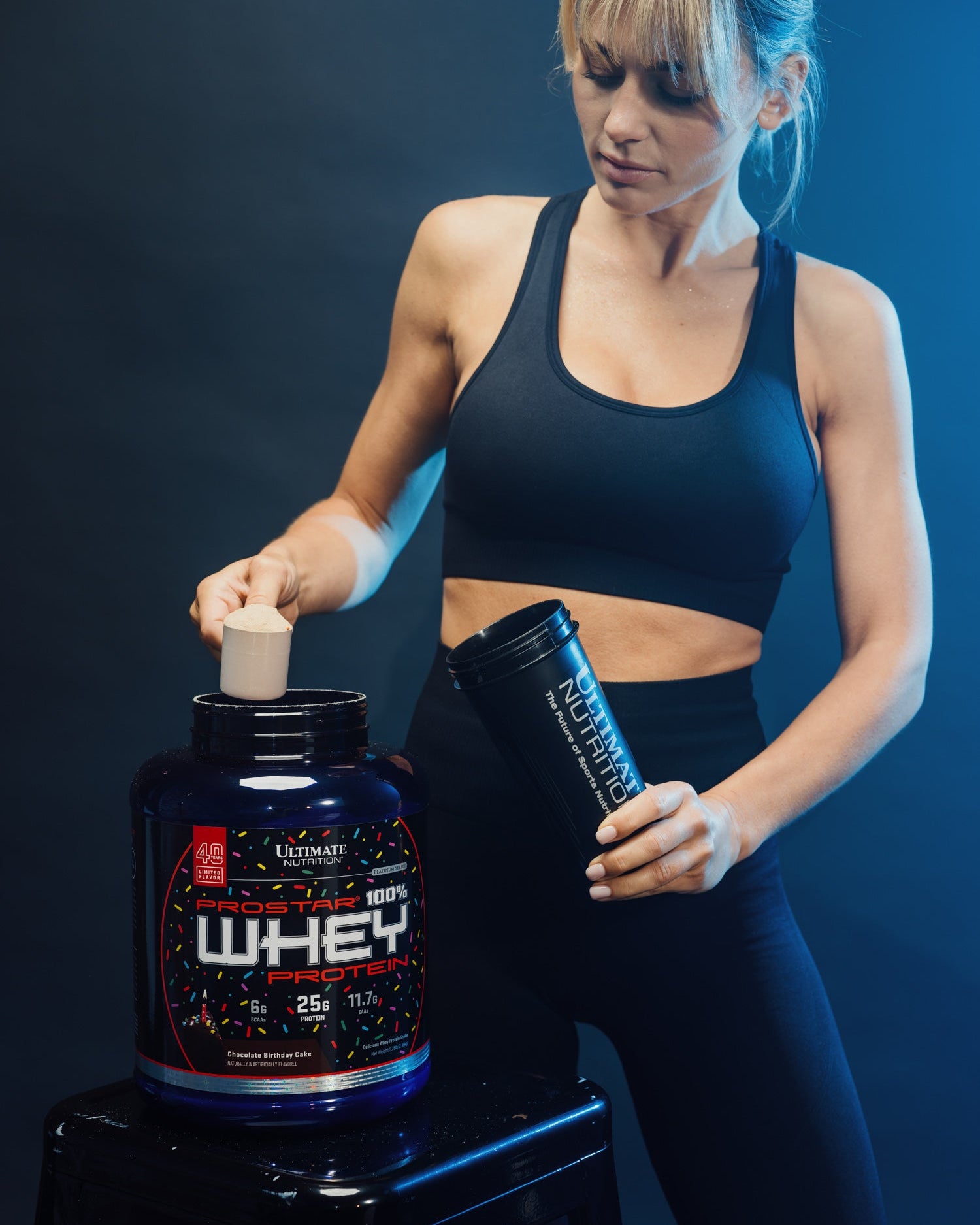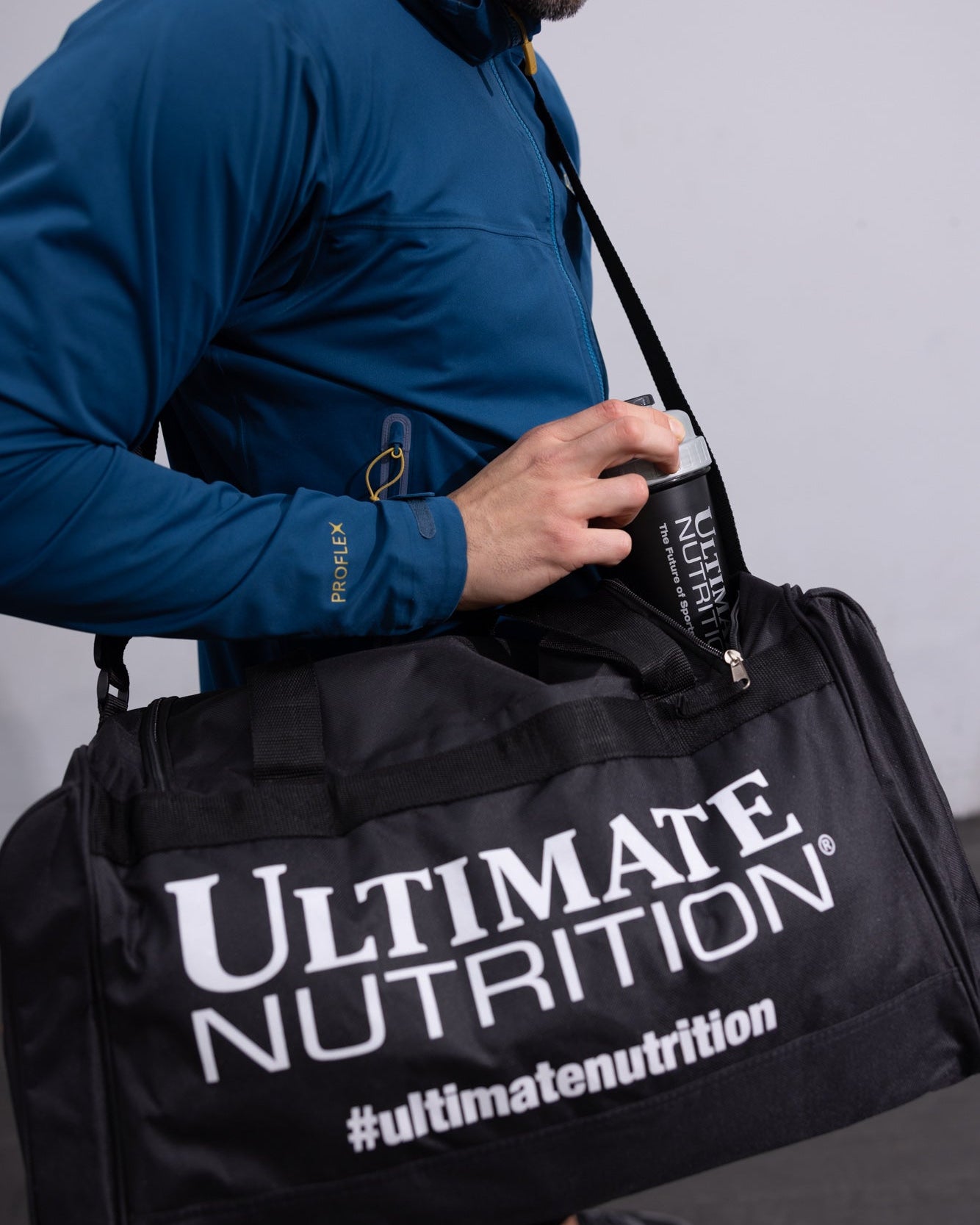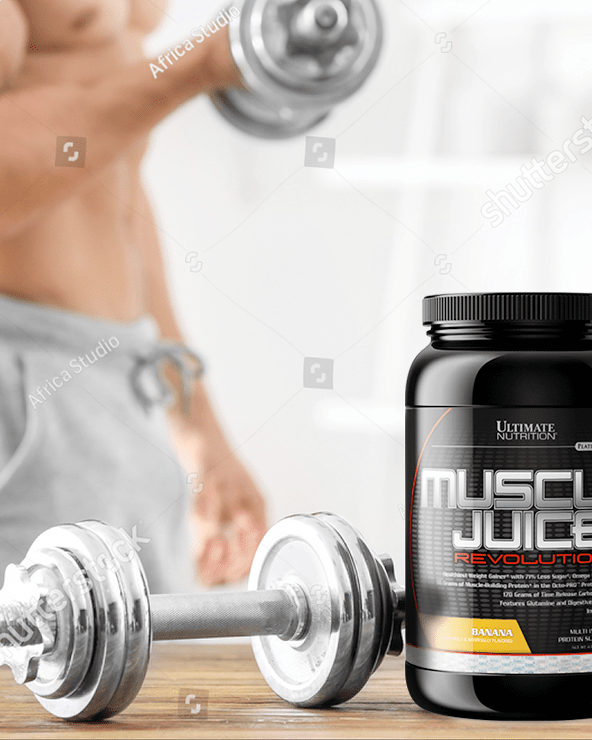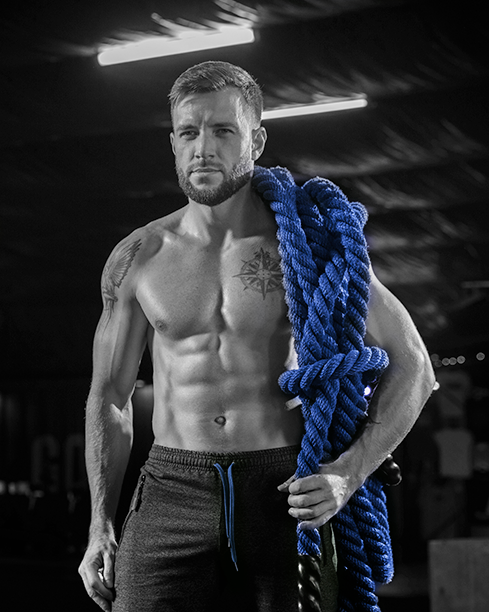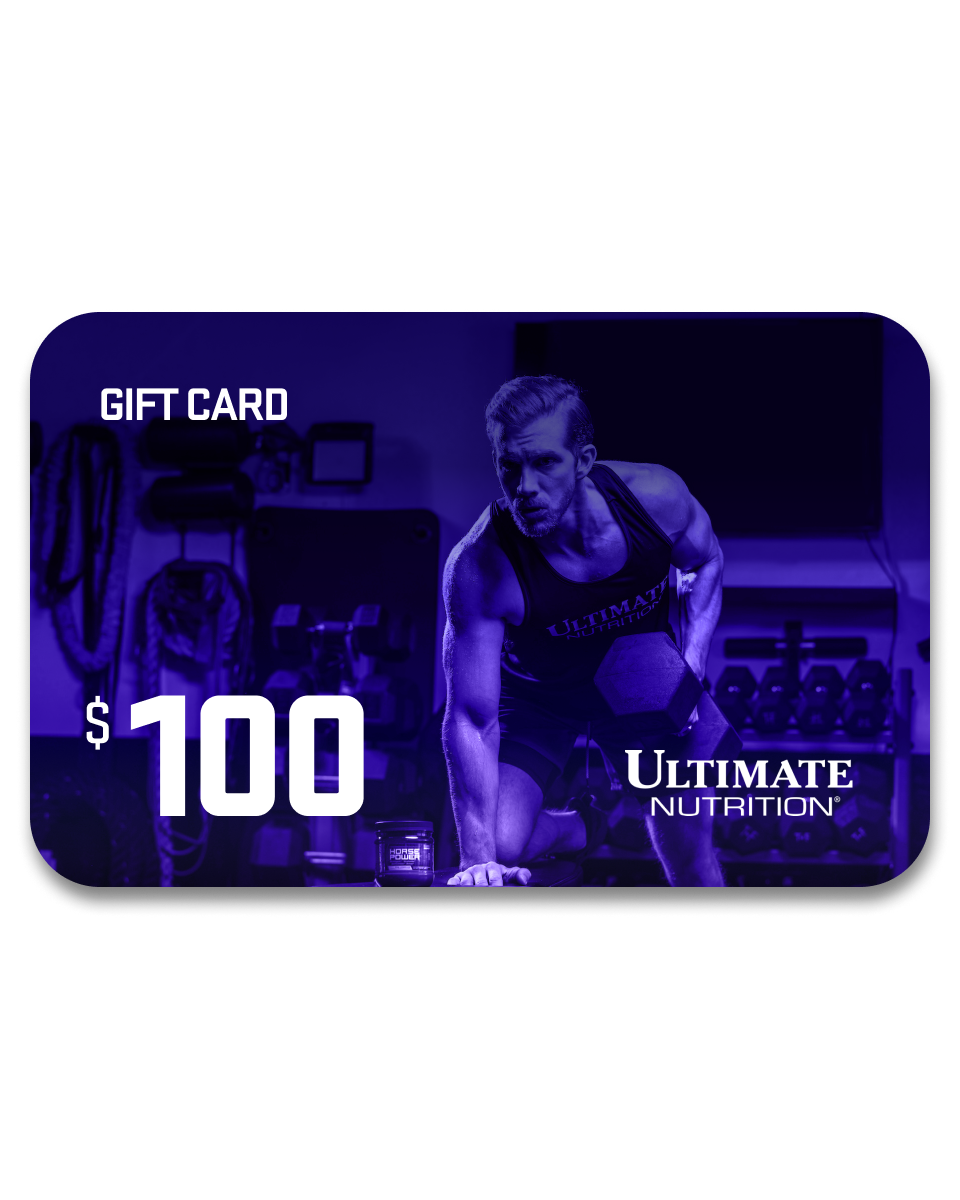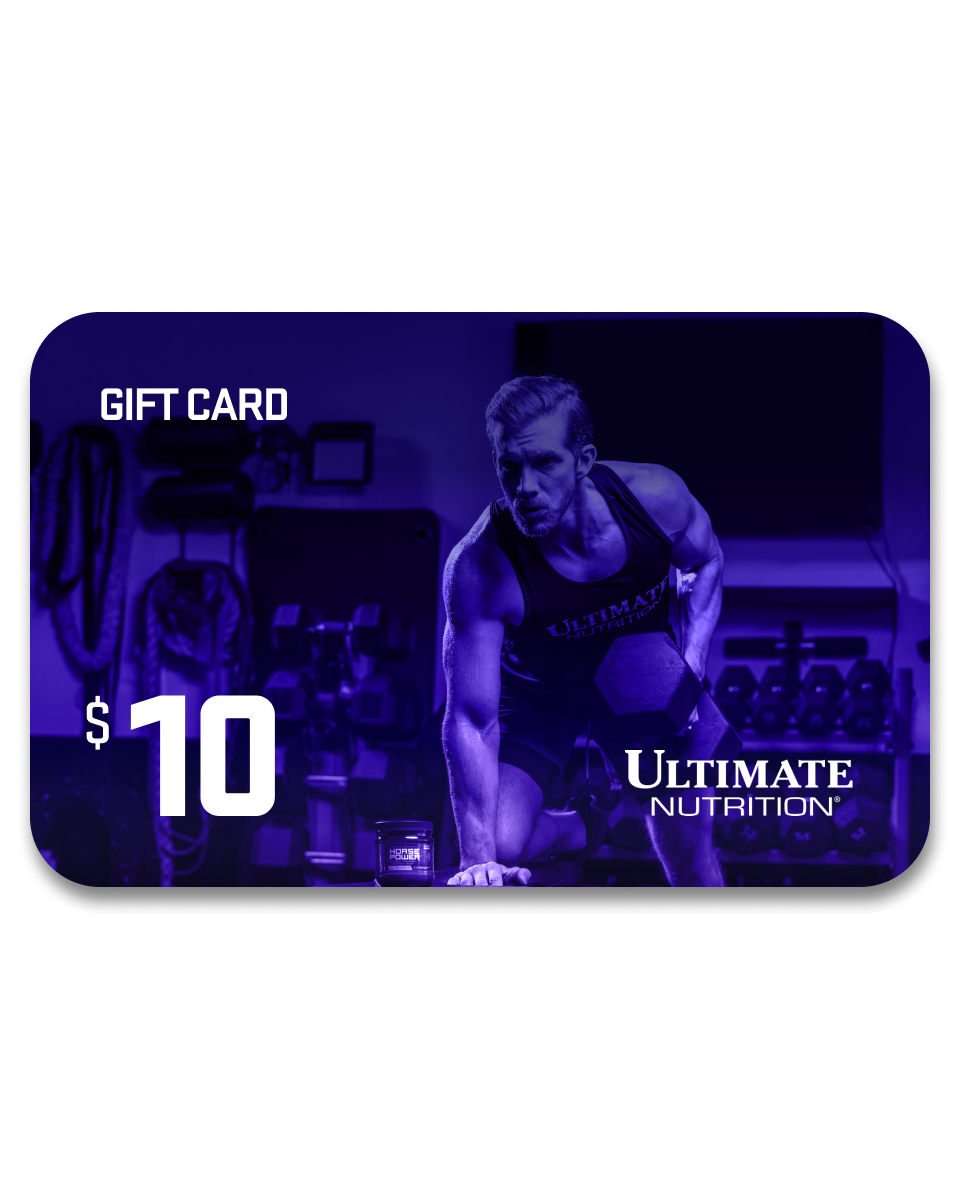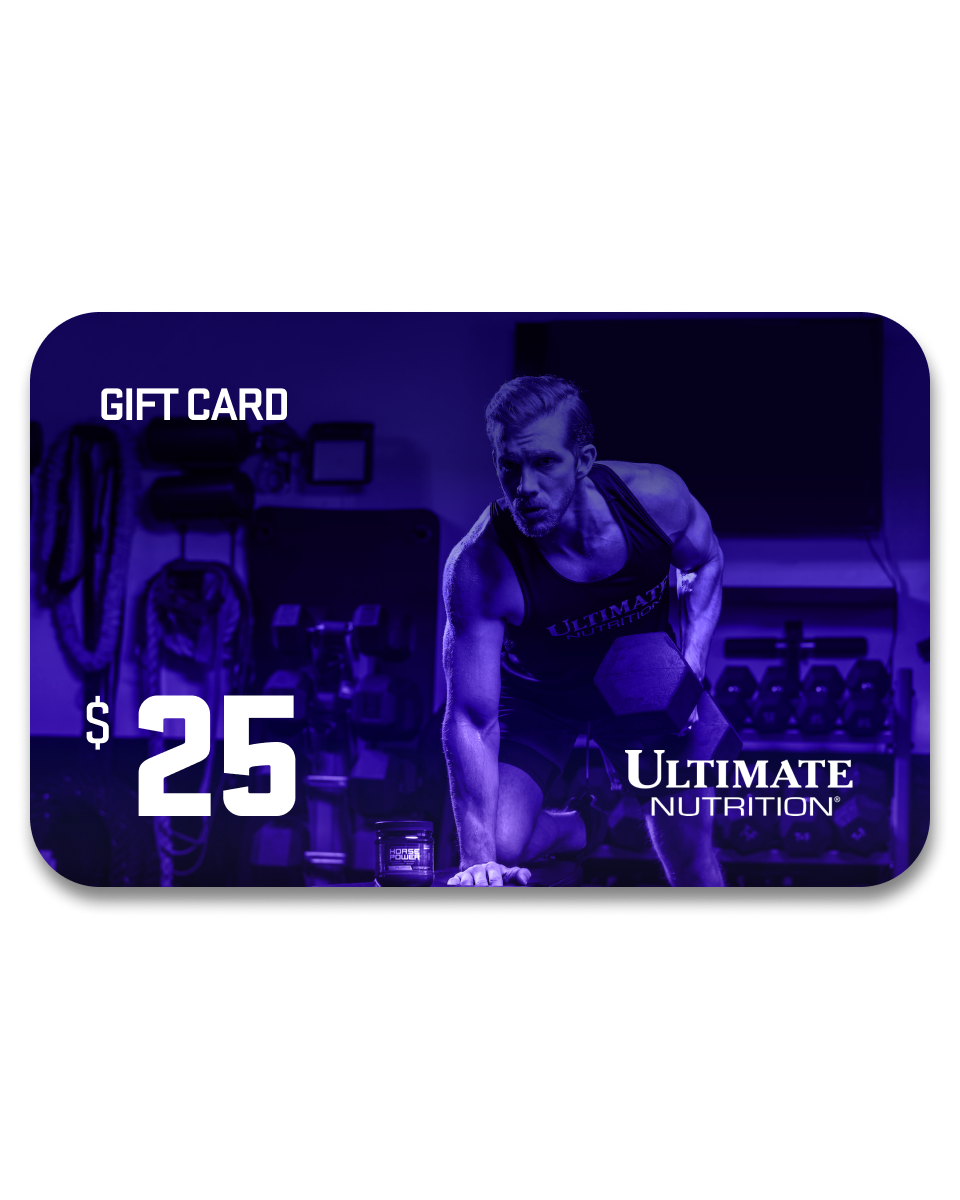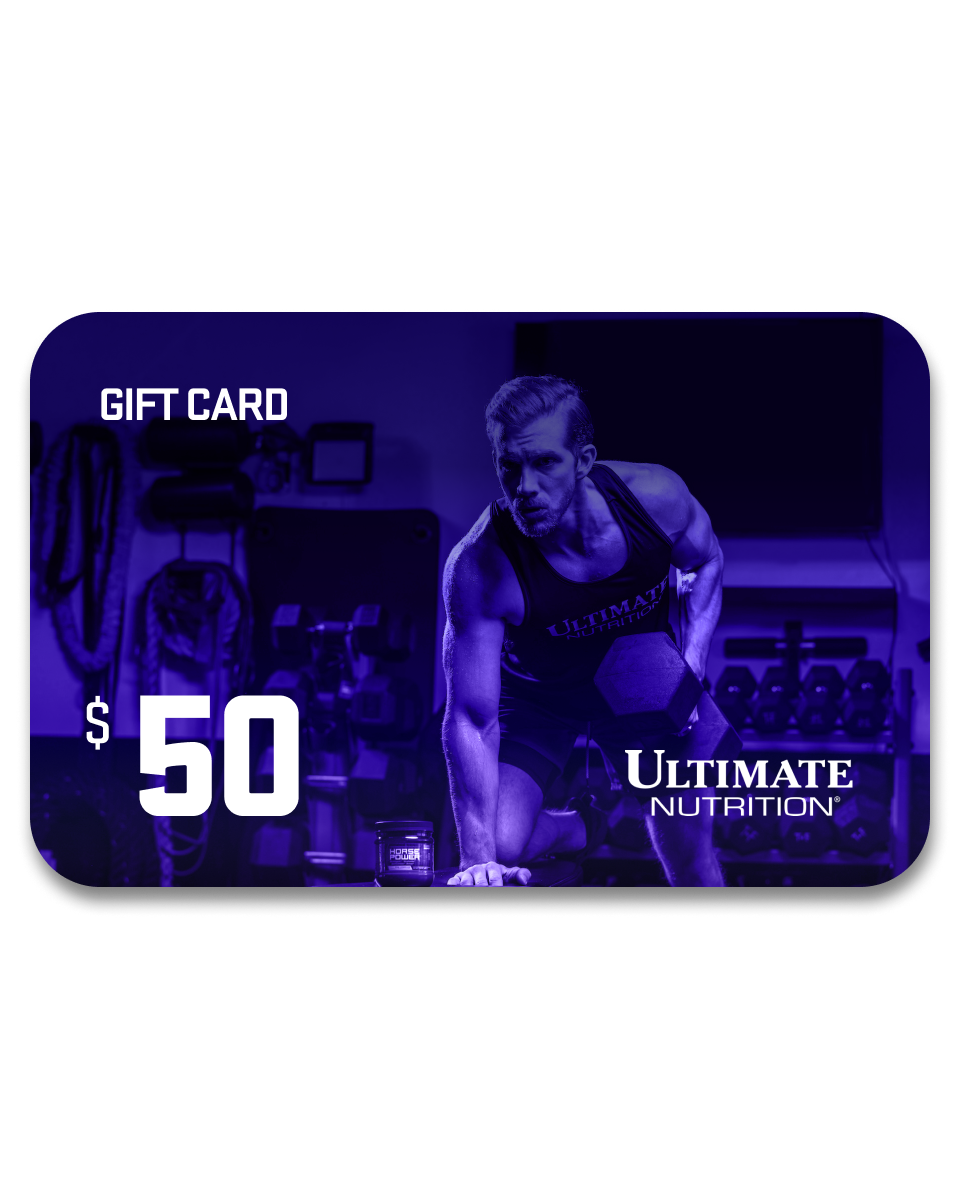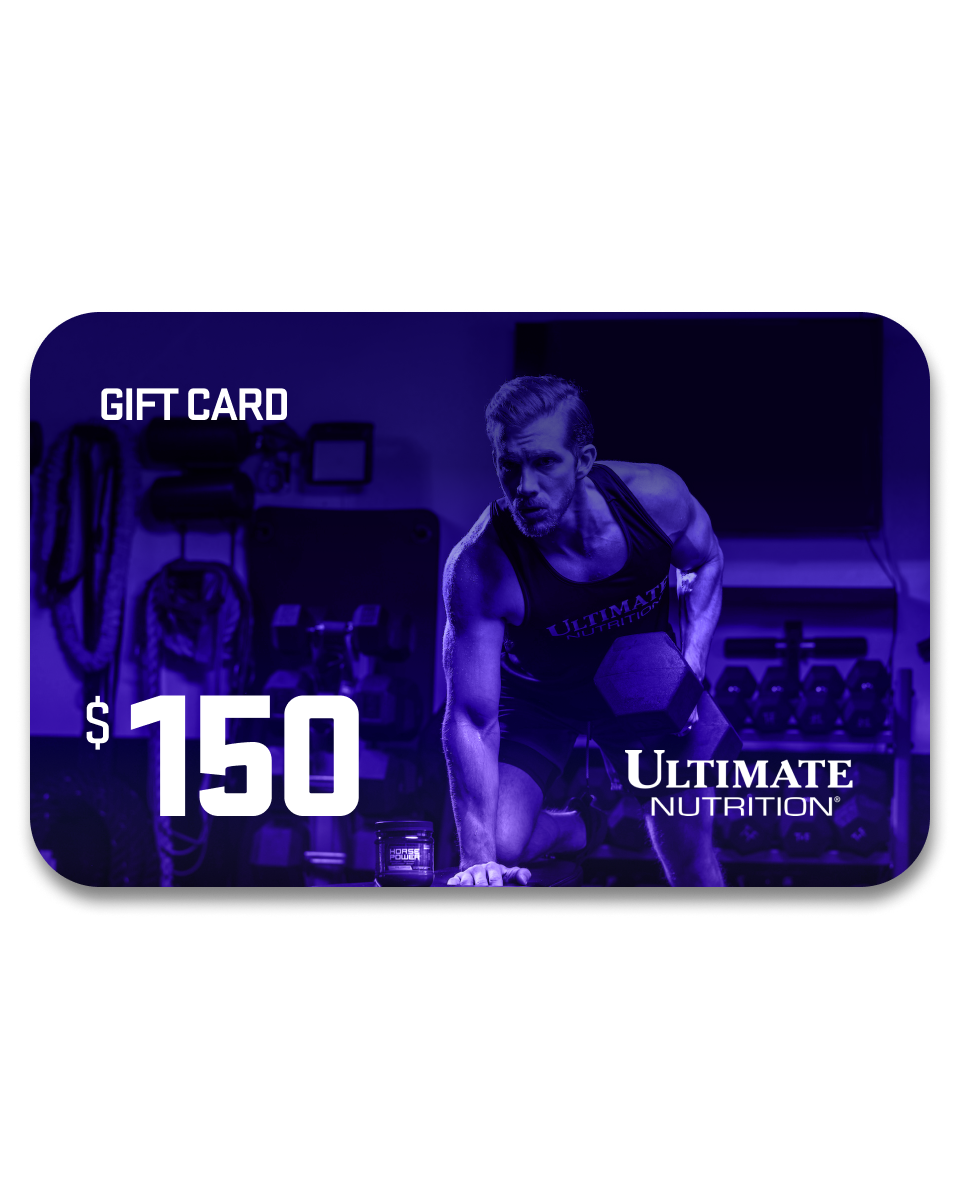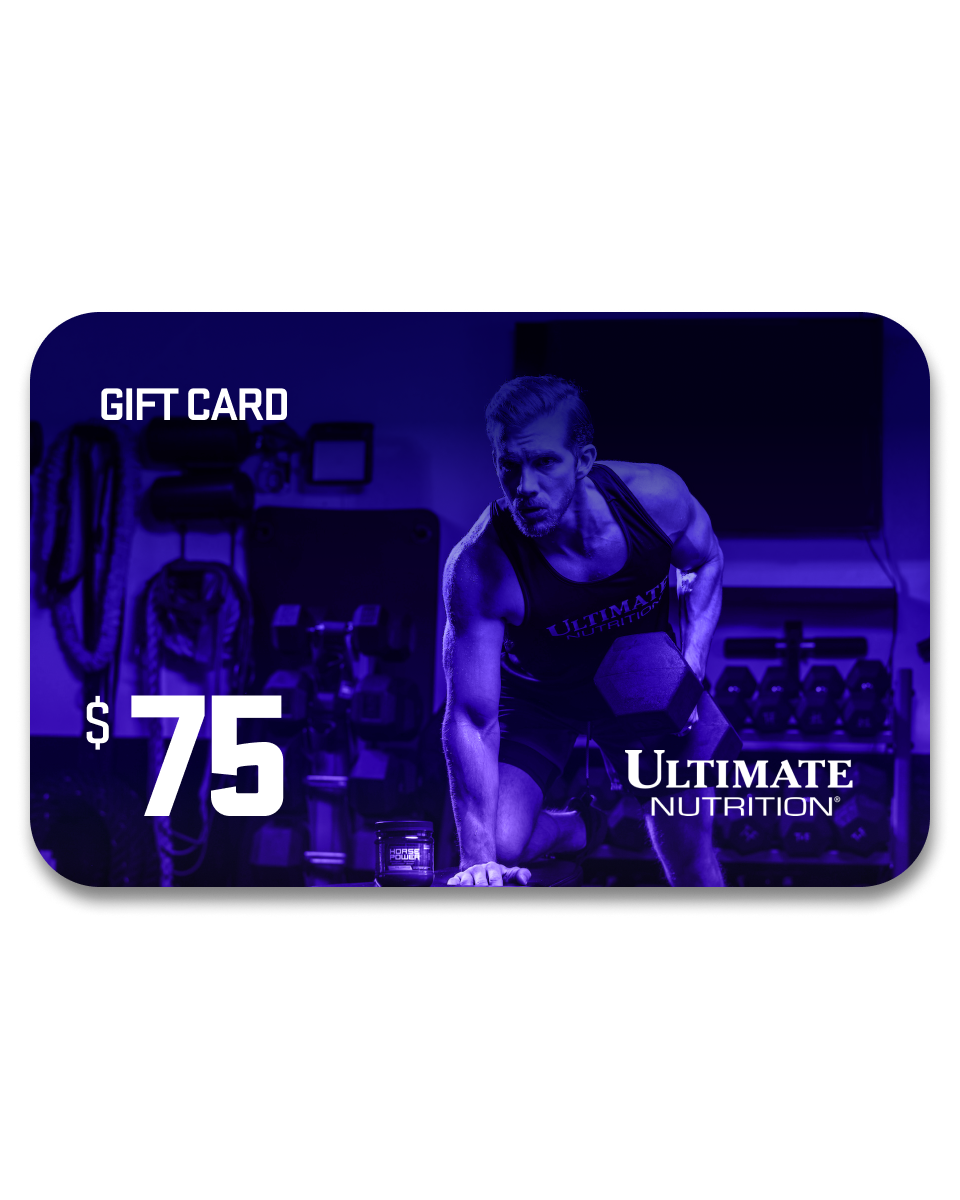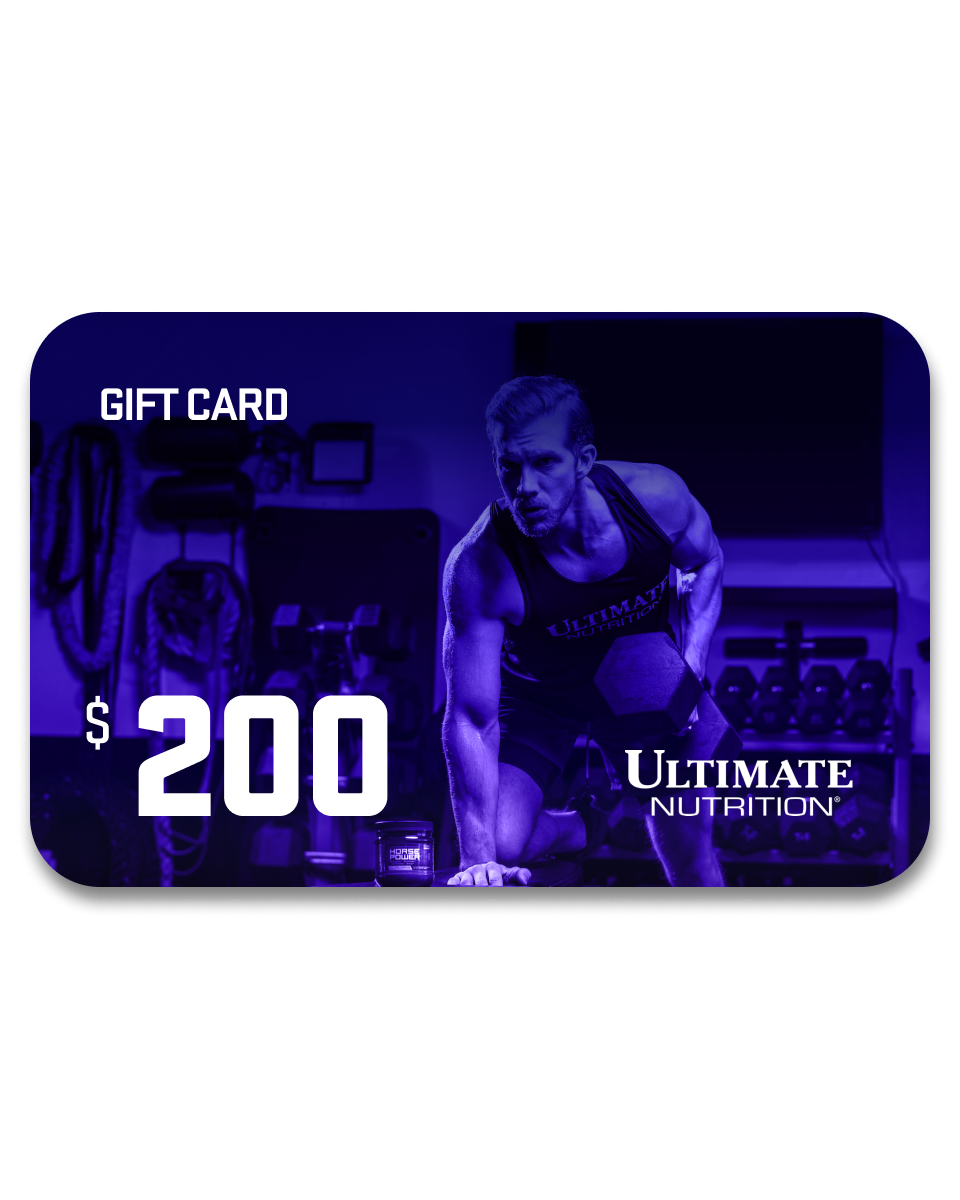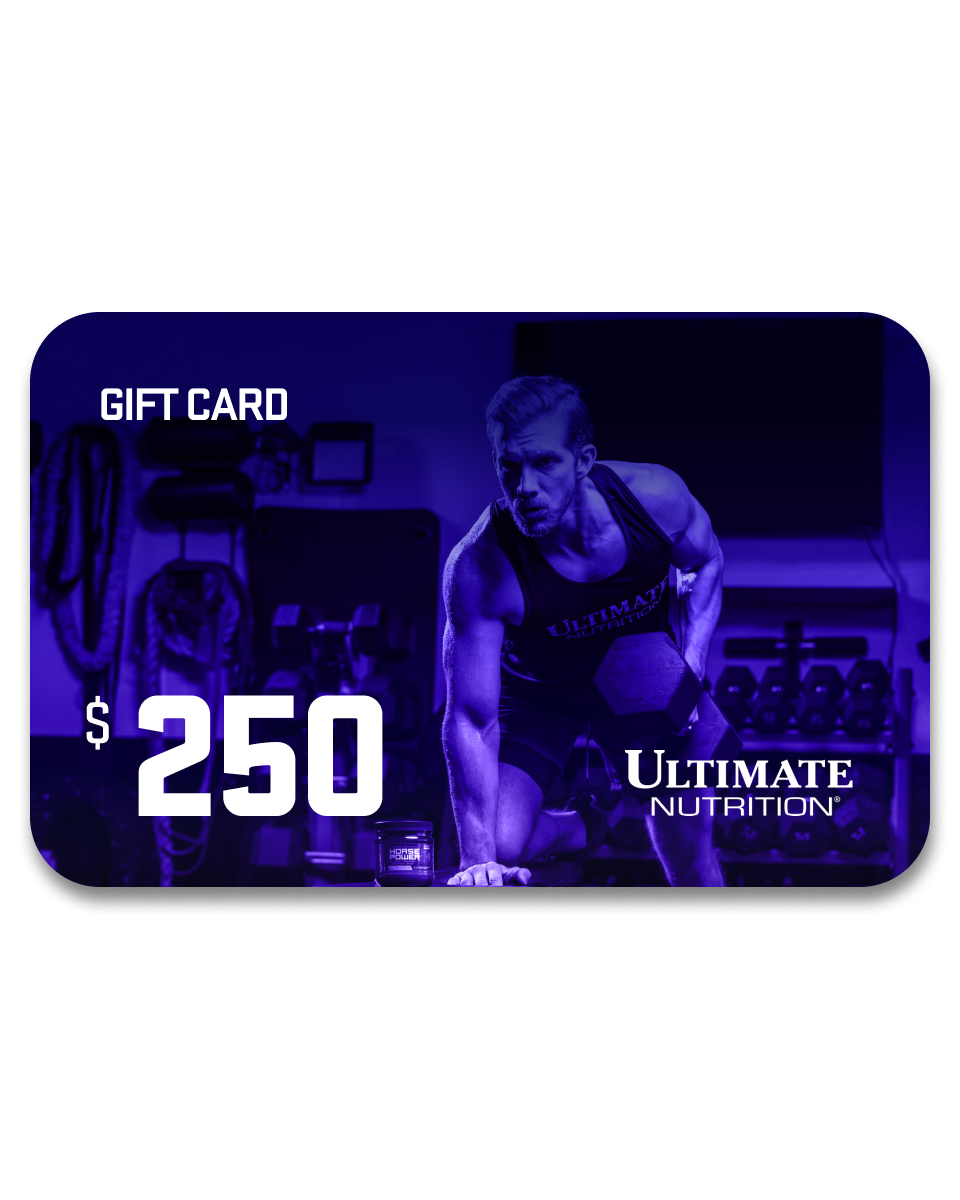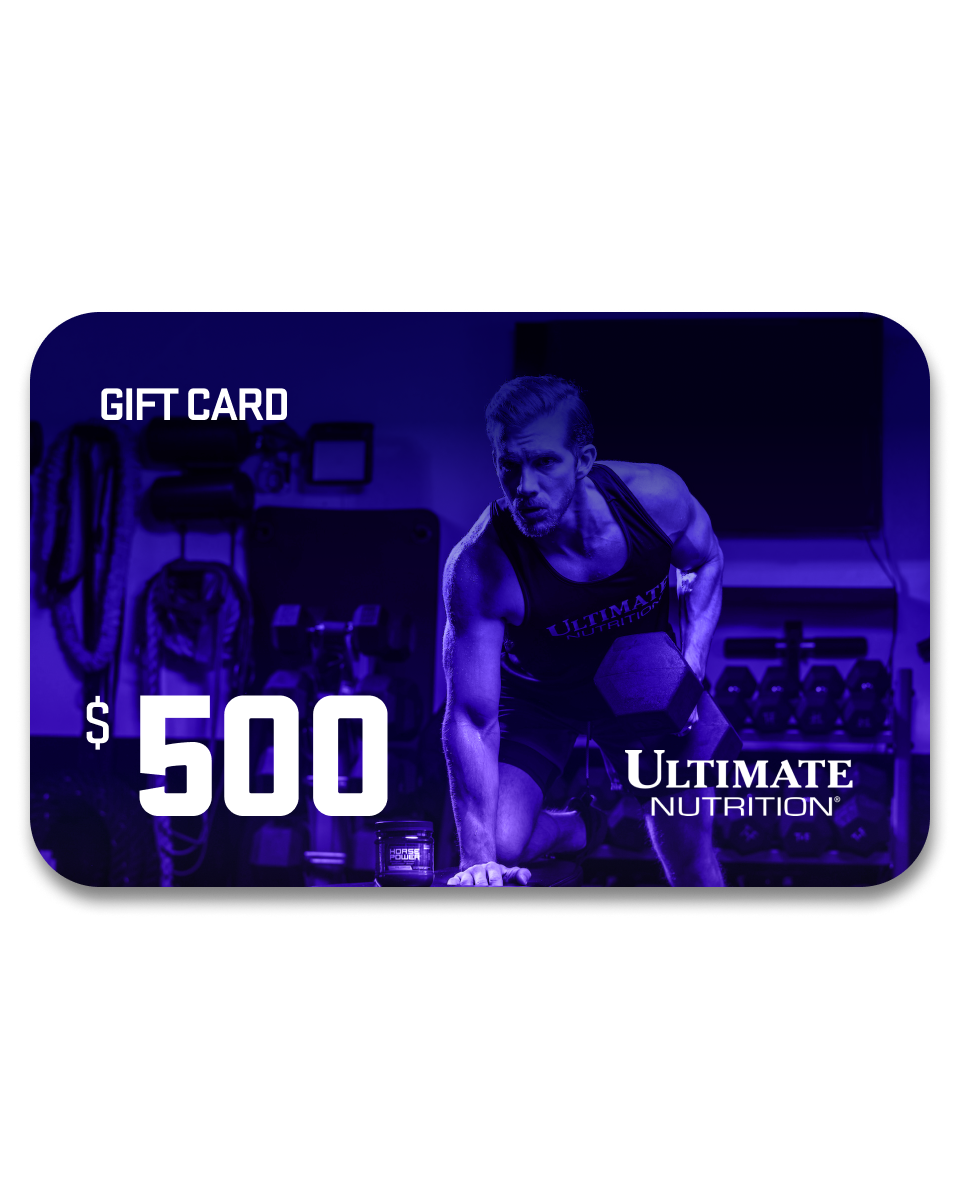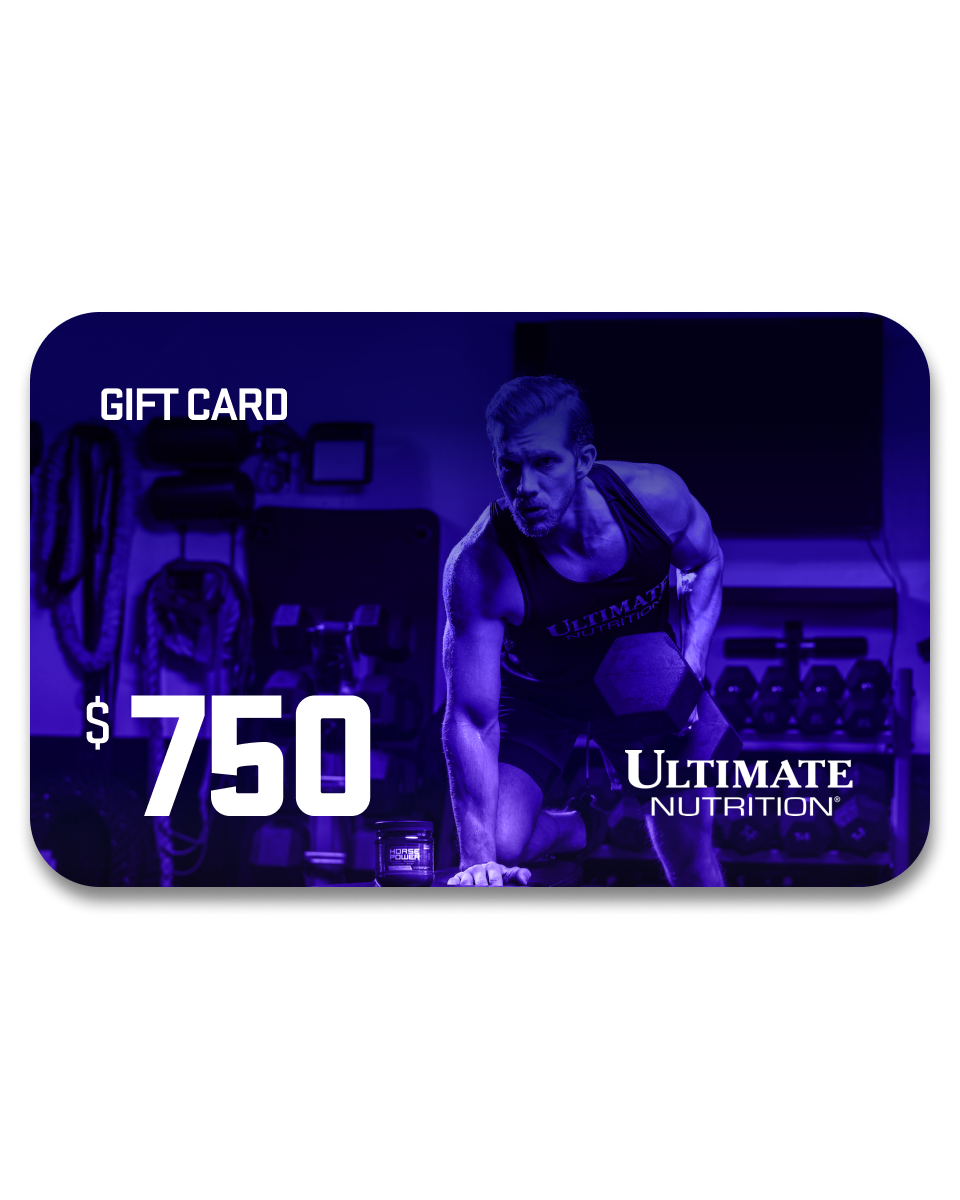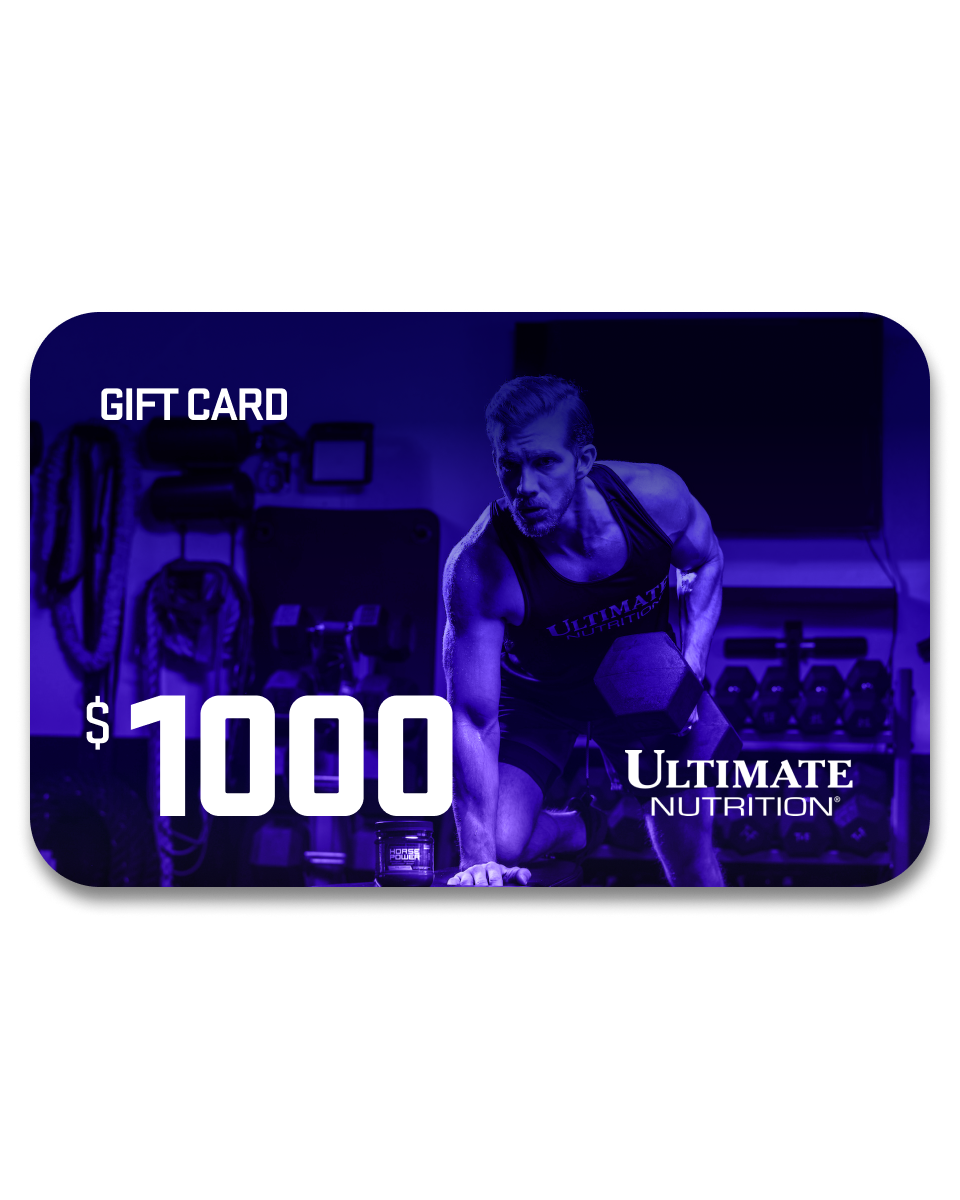German Volume Training (GVT) is a renowned strength training method designed for significant muscle mass gain.
GVT stands out in the fitness world for its straightforward yet rigorous approach. Centered on high-volume and high-intensity workouts, it focuses on systematically challenging various muscle groups to promote optimal growth and strength.
This guide offers an in-depth understanding of GVT and practical advice on incorporating it into your fitness regimen.

What is German Volume Training?
At its core, GVT is about performing a high number of sets and reps with substantial weight. The primary objective is to provide intense, consistent stimulation to the muscles, essential for fostering growth and enhancing strength.
This method is particularly effective due to its emphasis on volume and intensity.
The Structured Approach to GVT
A key feature of GVT is its structured approach to exercise selection and workout intensity.
By focusing on a limited number of compound exercises and executing them with a high volume of sets and repetitions, GVT ensures that each muscle group is thoroughly worked.
This not only aids in muscle hypertrophy but also in improving overall muscular endurance.
What is High Volume Training?
High-volume training involves completing a large number of sets and reps—and is a cornerstone of GVT.
This approach emphasizes the volume of work rather than the weight lifted, aiming to exhaust muscles for growth and endurance. By performing many repetitions, muscles undergo extensive strain, leading to hypertrophy - an increase in muscle size.
This process stimulates muscle growth through fiber regeneration and enhances muscular endurance.
The German Volume Training Plan
A GVT plan typically includes a structured routine spread over several days, focusing on different muscle groups. Each day's workout is intense, with a specific emphasis on volume and progression.

Day 1: Chest
Begin your German Volume Training with chest-focused compound exercises. Each exercise should consist of 10 sets of 10 reps to effectively work the chest muscles.
Keep rest periods short, between 60 to 90 seconds, to maintain high intensity. This approach ensures thorough muscle fatigue and growth.
Day 2: Back
Day two shifts to back muscles, employing the same 10x10 set and rep scheme.
Select exercises that target the entire back for balanced development. Brief rest periods between sets keep the workout challenging and effective.
Day 3: Rest Day
After two days of intense training, take a rest day for muscle recovery.
This can be a day of complete rest or light activities, depending on your recovery needs. It's crucial for preventing overtraining and preparing for upcoming workouts.
Day 4: Legs
The fourth day is leg day, focusing on compound movements for the lower body, including exercises like squats and lunges.
Adhere to the 10 sets of 10 reps format to ensure thorough leg muscle engagement. Between sets, rest enough to maintain endurance but keep it short enough to challenge the muscles.
Day 5: Shoulders and Arms
Focus on shoulders and arms, selecting exercises that effectively target these areas, such as overhead presses and bicep curls. Consistency is key, so maintain the 10x10 routine for optimal muscle stimulation.
Short rest periods are crucial for maintaining workout momentum and maximizing muscle growth in these areas.
Day 6: Rest or Active Recovery
Opt for either a full rest day or engage in active recovery activities like light cardio or yoga.
This day is important for muscle recuperation, helping to reduce soreness and prepare your body for the next round of intense training.
Day 7: Lower Body and Core
Finish the week by concentrating on lower body and core exercises, using movements that challenge these muscle groups effectively.
Stick to the 10x10 structure for a comprehensive workout, ensuring balanced muscle engagement. Proper rest between sets is essential to maintain workout intensity while allowing brief recovery for the muscles.

Progression and Adjustments in GVT
As you become more accustomed to German Volume Training, it's essential to adapt and progress your routine to continue seeing results.
Increase Weights
One key aspect is to gradually increase the weight you lift while maintaining the established sets and reps structure.
This approach of progressive overload ensures that your muscles are consistently challenged, leading to continuous growth and strength gains.
Adjust Rest Periods
Alongside increasing the weight, adjusting rest periods is crucial as you advance in your training. Shortening these intervals can intensify the workout, pushing your endurance and stamina.
This adjustment not only enhances the overall effectiveness of your training but also aids in building muscular resilience.
Advanced Lifting Techniques
For those who are more experienced and looking to further challenge themselves, incorporating advanced lifting techniques can be beneficial.
Techniques such as supersets, where you perform two exercises back-to-back with no rest, or drop sets, where you reduce the weight and continue lifting until failure, can provide a new level of intensity to your workouts.

Experience German Bodybuilding with Ultimate Nutrition
If these workouts sound good to you, you’re right at home. At Ultimate Nutrition, we’re focused on tactically strengthening your body.
Our protein powders offer a tremendous pair to GVT. Whey Gold, delivers 20g of fast-acting protein per serving, ideal for post-workout muscle recovery and growth. Explore our diverse range of products, including ISO Sensation® 93 and Prostar® Casein, tailored to meet your specific nutritional needs.
With Ultimate Nutrition, you're equipped with quality supplements to support your GVT journey, ensuring optimal muscle development and recovery.
Disclaimer: The information provided in our articles is for informational and educational purposes only and should not be considered medical advice. Consult a healthcare professional before starting any new nutritional product, making significant changes to your diet, or beginning a new exercise regimen. These products are not intended to diagnose, treat, cure, or prevent any disease.

